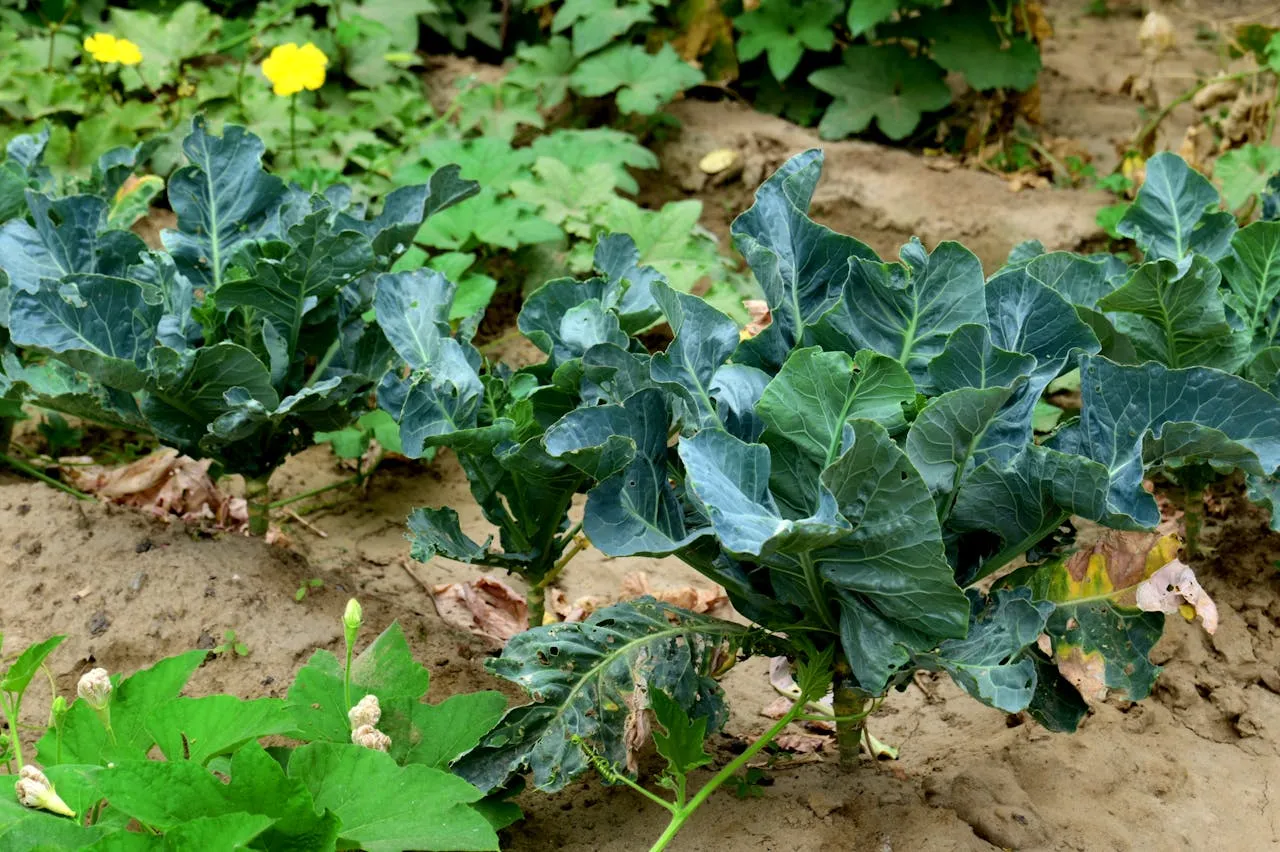This report by Compassion in World Farming highlights the so-called “negative externalities” associated with livestock-based food production – that is, costs to human health and the environment that are borne by society as a whole and which are not accounted for by the cost of producing the food or the price of consuming it.

The report argues that there is a systematic imbalance in the food system, or “market distortion”, whereby the external costs of livestock production are simply not paid, leading to environmental degradation and deteriorating health, while other less costly food production systems are less well-financed.
Negative externalities, or “unpaid costs” identified include:
- Environmental externalities: excess nitrogen in the environment, soil degradation (through excess land-use as a result of growing crops for feed rather than food), overuse and pollution of water, biodiversity loss, climate change and the exporting of some of these costs to other countries.
- Human health externalities: antimicrobial resistance (contributed to be the overuse of antibiotics in intensive livestock farming), air pollution (e.g. ammonia, particulate matter and nitrous oxide, which may be associated with various respiratory conditions), foodborne diseases (e.g. campylobacter.
-
Animal welfare – the report claims that the animal welfare costs of the EU pig sector are €19 billion per year, based on a Dutch study estimating the animal welfare-related costs of producing 1kg of pork, and the assumption that 90% of EU pigs are farmed intensively.
NB: the method used to calculate these figures is not entirely transparent, but is based on this paper by Van Drunen, M. A., Van Beukering, P. J. H., and Aiking, H. (2010). We believe that the method used (in these papers called “willingness to pay”) involves surveying consumers to discover how much more people are willing to pay for meat from animals with “good welfare” than conventionally reared, and then calculating the total amount of money that in theory would have been spent if the better-welfare alternative was available, but which could not be spent because of poor welfare standards – we are not sure that this makes much sense so if any FCRN members would like to clarify this for us, that would be great.
The report goes on to calculate an “invoice” for the EU’s livestock production – a bill that is currently either paid through general taxation or EU subsidies, or which go unpaid – which it estimates to be almost €170 billion per year, an allegedly conservative estimate.
The report concludes by arguing that there is a growing consensus on the need to internalise these negative externalities – in other words, to incorporate these hidden costs into the paid costs and prices of producing and consuming livestock products. They also recommend internalising positive externalities – that is, incentivising food production systems which benefit (or do less harm to) human health and the environment, through subsidies and lower taxation.
We would be interested in hearing the views of FCRN members on the merits and drawbacks of using taxes and subsidies as (dis)incentives to bring about food system change. Can you suggest any alternative measures to re-balance the system, or do you perhaps have a differing opinion regarding the statement or nature of the problem in the first place? Login with your user details to comment and if you have forgotten your details contact us and we’ll help you out.
Abstract
The low cost of industrially produced animal products is achieved only by an economic sleight of hand. We have devised a distorting economics which takes account of some costs such as housing and feeding animals but ignores others including the detrimental impact on human health and natural resources of industrial agriculture. This results in market failure, in particular in the production of unwanted outcomes, mainly in the public sphere. It also leads to private gains being viewed as more important than public losses.
Compassion in World Farming’s new report Cheap Food Costs Dear examines a wide range of studies that calculate the costs that arise from the ill-health and environmental damage generated by industrial livestock production. These costs are immense. They are, however, not borne by the consumers of livestock products but by third parties or society as a whole. In some cases the costs are borne by no-one and key resources such as soil and biodiversity are allowed to deteriorate undermining the ability of future generations to feed themselves.
Olivier De Schutter has said that: “any society where a healthy diet is more expensive than an unhealthy diet is a society that must mend its price system”. This applies equally to a society where environmentally damaging, low animal welfare food is cheaper than food that respects natural resources and animals’ well-being. The new report suggests measures that could be used to mend our price system and in particular how farming’s negative externalities can be internalised.
Citation
Compassion in World Farming (2016) Cheap food costs dear. Godalming, UK
Read the full report here.
You can find related resources in the research Library categories on economy, governance and policy, waste and resource use, animal issues and keyword categories: EU CAP, antibiotics, animal welfare/health, health concerns, subsidies/quotas, climate impacts on livestock, nitrogen




Comments (0)